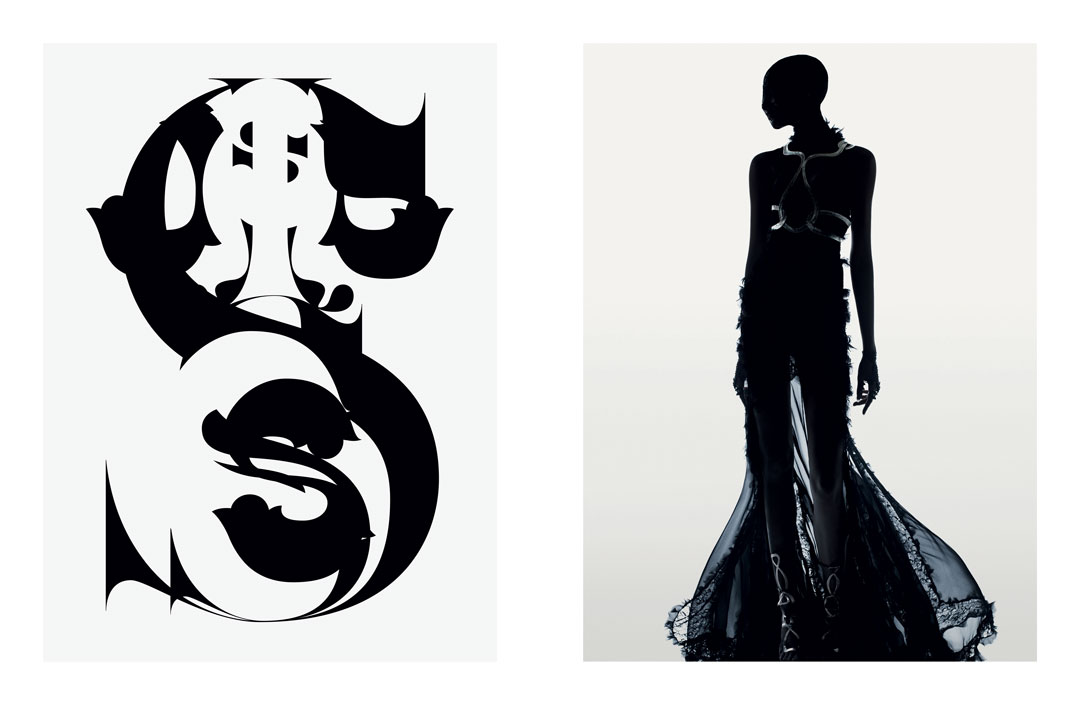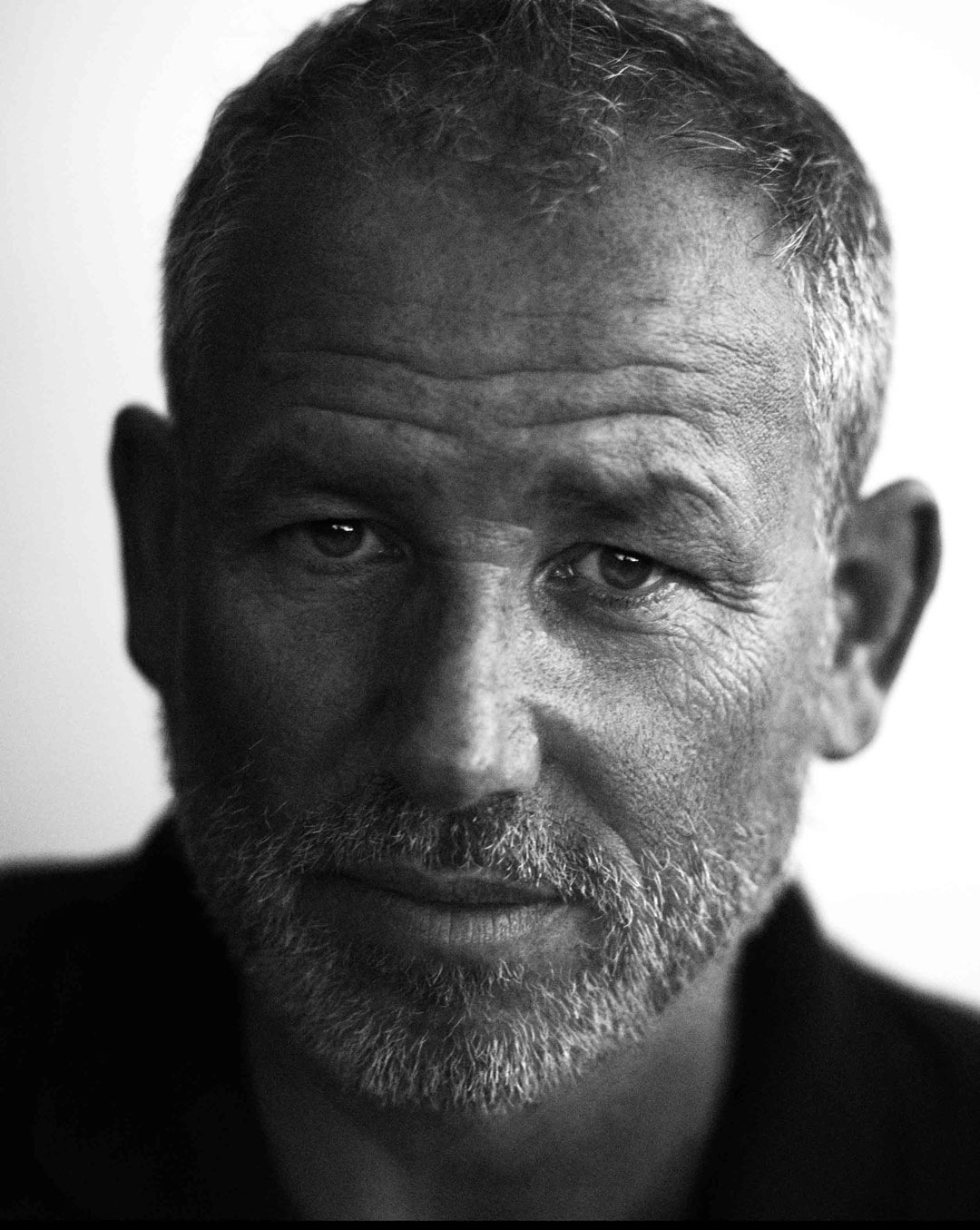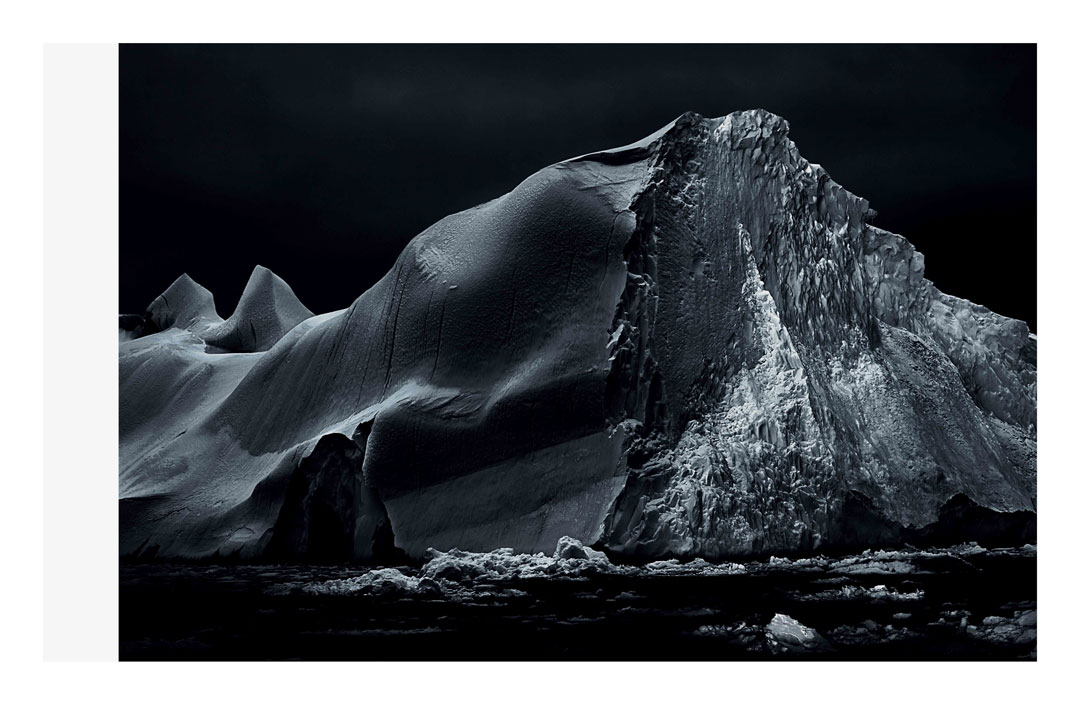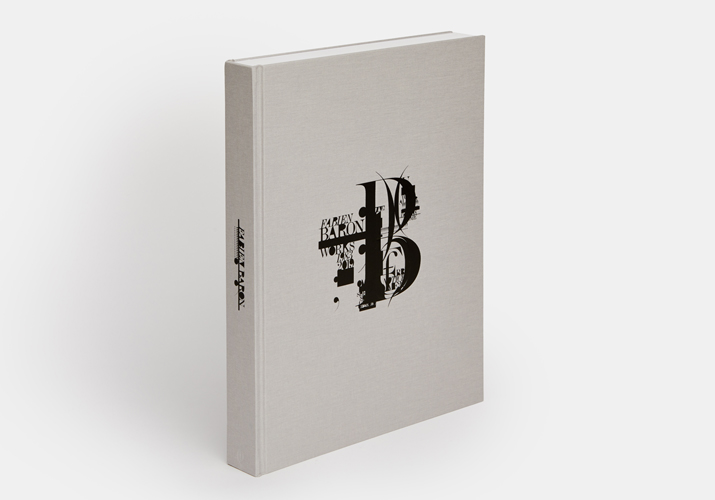
Fabien Baron finds religion via his new book
The legendary French art director and designer says faith and decay run surprisingly deep through the pages
Fabien Baron was never going to make a normal book. The French creative director is known throughout the world for reshaping leading fashion magazines such as Vogue, Interview and Harper’s Bazaar, and forging unforgettable campaigns and identities for Calvin Klein, Burberry and Issey Miyake, among many others.
So, when he came to survey his collected works for Fabien Baron: Works 1983-2019, Baron rejected a conventional, chronological layout, for a more unusual approach, arranging his life’s work into a series of themed chapters.
“By putting the entire archive together, I realised that there were images done in the Nineties and other images done in 2014 and pictures done right now,” he tells Women’s Wear Daily in a new interview. “One could be a landscape, one could be a fashion picture and something else, and juxtaposed together they have the same meaning, the same thought process. In putting these blocks together, I realised that certain themes are recurring in my work. And I spread it out as chapters.”

The titles for each of these chapters are pretty impressionistic. Chapter one, for example, is headed up “Elemental, Black, White, Primary, Man, Woman, Neither, Both, Structure, Geometry, Symmetry, Sand, Ice,” while chapter three gets the heading “Circles, Play, Dimensions, Swirls, Overlaps, Egg, Explosion, Broken, Loss, Formless, Fractured, Free.”
It all makes perfect sense when you see the words next to the pictures. However, in assembling the book, some themes took Baron by surprise. “There’s a side of me that is very — it’s not religious but, what is the word? Let’s say spiritual,” he explains to Women’s Wear Daily’s Bridget Foley. “Spiritual, monastic, a little bit religious. And it’s usually attached to culture. There’s a whole chapter on that.”
Religion might seem like an unusual chapter heading for the art director, who grew up in an avowedly secular household, and whose raunchy ad campaigns once drew the ire of the FBI. As Baron himself admits, “I have never been religious in my life at all. I was born atheist and I was not baptised. I was raised with absolutely no religious background, and I always felt like religion was actually impairing people rather than helping them. So I was kind of surprised.”

Yet the religious overtones are clear in chapter ten of his book, headed up “Sacred, Secular, Faith, Doubt, Terror, Beauty, Totem, Plinth, Pillar, Subvert, Submerge, Sublime.”
Where does Baron’s fascination lie? Perhaps in “the physicality of religion,” he thinks. “The way religion has the churches, the monasteries, the architecture, the art, the culture that goes around religion,” he says, “I’m mesmerised by it. When I go to Paris I always go to the church to see. I don’t pray, I don’t light a candle, I don’t do anything, but I love the way it looks.”
Unfortunately one of Baron’s favourite churches is currently out of action. “I used to visit Notre Dame all the time because it’s beautiful,” he says. “If you immerse yourself into it, it projects you into that time, you’re back in 1630, the 1800s, whatever, you make your own movie inside of it.”

Yet Notre Dame’s current state of decrepitude, following the 2019 fire, feeds into another set of Baron’s recurring interests, which falls under the rubrics of chapter five: “Nature, Corrosion, Decay, Mystery, Disappearing, Invisible, Organic, Tangle, Smoke, Float.”
“That chapter I liked very much. That chapter is maybe the one that is the most me,” he says. “This attachment to nature, this attachment to the organic. It’s also a little bit scary. There is something about being afraid of the unknown: what’s beyond the shadow, what’s beyond the tree, what’s beyond everything.”

And if Baron can’t fall back on faith for those answers, then perhaps he can find something in his voluminous personal archive. To see more images from the chapters of his life, as well as much else besides, get a copy of Fabien Baron: Works 1983-2019 here.